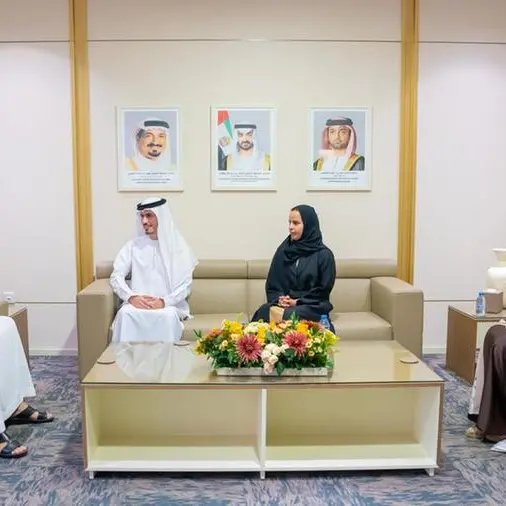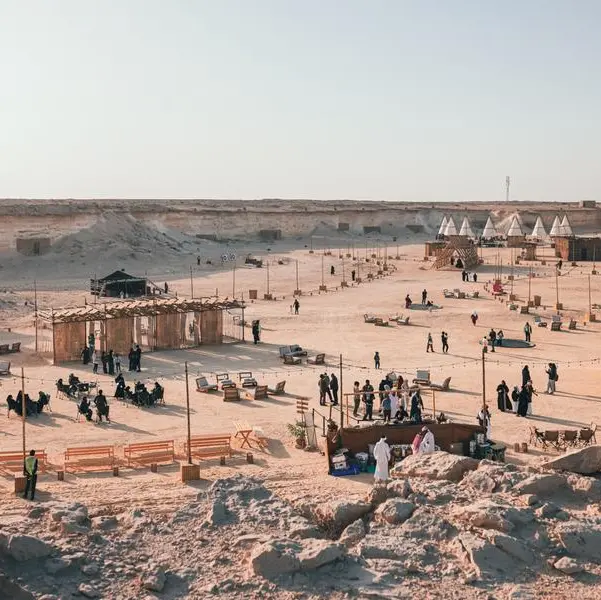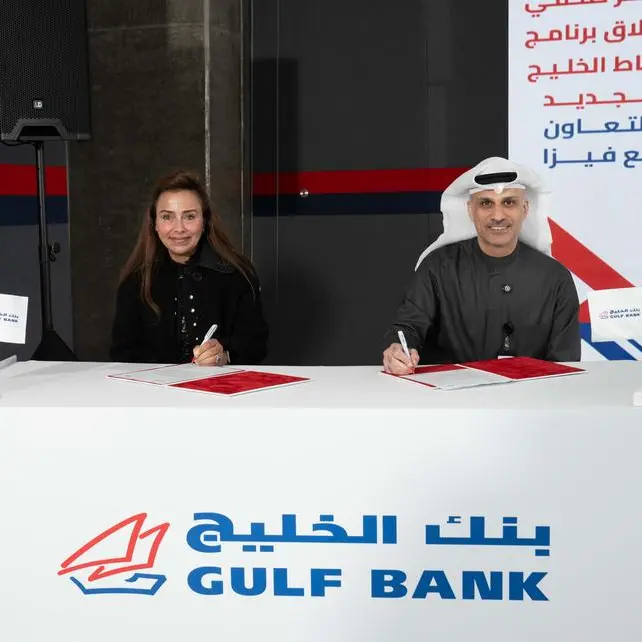Humanitarian crises around the world continue to rise. Conflict and violence are the source of major humanitarian needs. Moreover, the situation is increasingly being worsened by natural hazards, fuelled by climate change and environmental degradation.
To help those most affected worldwide, the Commission has adopted its initial annual humanitarian budget of €1.5 billion for 2022.
Commissioner for Crisis Management Janez Lenar?i? said: “Humanitarian needs are at an all-time high and continue to grow. This is mostly due to conflicts but increasingly due to global challenges like climate change and COVID-19. Our humanitarian funding will allow the EU to do its part and continue to save lives and cover the basic needs of affected populations. Next to responding to new and highly visible crises, the budget ensures that we do not detract from addressing existing, protracted or recurrent humanitarian crises, such as in Colombia or South Sudan or the situation of the Rohingya people.”
EU humanitarian aid in 2022 will be allocated as follows:
- €469 million will be allocated to Sub-Saharan Africa. The funding will support those suffering from the food and nutrition crisis exacerbated by conflict in the Sahel (Burkina Faso, Mali, Mauritania, and Niger). It will also help those displaced by violence in the Central African Republic, the Lake Chad basin (Chad, Cameroon and Nigeria), South Sudan, and Horn of Africa (Djibouti, Ethiopia, Kenya and Ethiopia). The funding will also address the needs of the people affected by long-term conflict in the Democratic Republic of Congo.
- €351 million of EU humanitarian funding will be allocatedfor the Middle East and North Africa. It will address the crisis in Syria as well as the needs of refugees in neighbouring countries in the Middle East, as well as the critical situation in Yemen.
- €152 million will fund projects in Southeast Europe and the European Neighbourhood addressing crises in Ukraine, Western Balkans and the Caucasus, as well as the effects of the Syria crisis in Turkey.
- €188 million will continue to help the most vulnerable populations in Asia and Latin America. In Asia, this includes the Afghanistan and Rohingya crises (Bangladesh and Myanmar). In Latin America, the EU will continue to provide help to those affected by the crises in Venezuela, Colombia, and Haiti.
- The remaining €370 million will be used for unanticipated crises or sudden peaks in existing crises, as well as other operations.
Funding will also help vulnerable populations in disaster-prone countries to prepare better for various natural hazards, such as floods, forest fires, earthquakes, and cyclones.
Some 10% of the funding across all regions will be allocated to education in emergencies to allow children and youth to continue their schooling.
Background
The EU has been providing humanitarian aid since 1992 in over 110 countries, reaching millions of people across the globe each year.
EU assistance is delivered strictly through humanitarian partner organisations, including UN agencies, non-governmental organisations, and the Red Cross family, who have signed partnership agreements with the EU. In addition, the EU closely tracks the use of EU funds via its global network of humanitarian experts and has firm rules in place to ensure funding is well spent.
In 2021 the European Commission published a Communication proposing to strengthen the EU's global humanitarian impact to meet the substantially rising humanitarian needs exacerbated by the COVID-19 pandemic.
The Communication proposes a series of key actions to expedite the provision of humanitarian aid by expanding the resource base, supporting a better enabling environment for humanitarian actors and addressing the root causes of crises through a ‘Team Europe' approach and an effective humanitarian-development-peace nexus. It highlights a renewed focus on international humanitarian law and also sets out to tackle the dramatic humanitarian impact of climate change.
Distributed by APO Group on behalf of European Commission.
© Press Release 2021
Disclaimer: The contents of this press release was provided from an external third party provider. This website is not responsible for, and does not control, such external content. This content is provided on an “as is” and “as available” basis and has not been edited in any way. Neither this website nor our affiliates guarantee the accuracy of or endorse the views or opinions expressed in this press release.
The press release is provided for informational purposes only. The content does not provide tax, legal or investment advice or opinion regarding the suitability, value or profitability of any particular security, portfolio or investment strategy. Neither this website nor our affiliates shall be liable for any errors or inaccuracies in the content, or for any actions taken by you in reliance thereon. You expressly agree that your use of the information within this article is at your sole risk.
To the fullest extent permitted by applicable law, this website, its parent company, its subsidiaries, its affiliates and the respective shareholders, directors, officers, employees, agents, advertisers, content providers and licensors will not be liable (jointly or severally) to you for any direct, indirect, consequential, special, incidental, punitive or exemplary damages, including without limitation, lost profits, lost savings and lost revenues, whether in negligence, tort, contract or any other theory of liability, even if the parties have been advised of the possibility or could have foreseen any such damages.


















